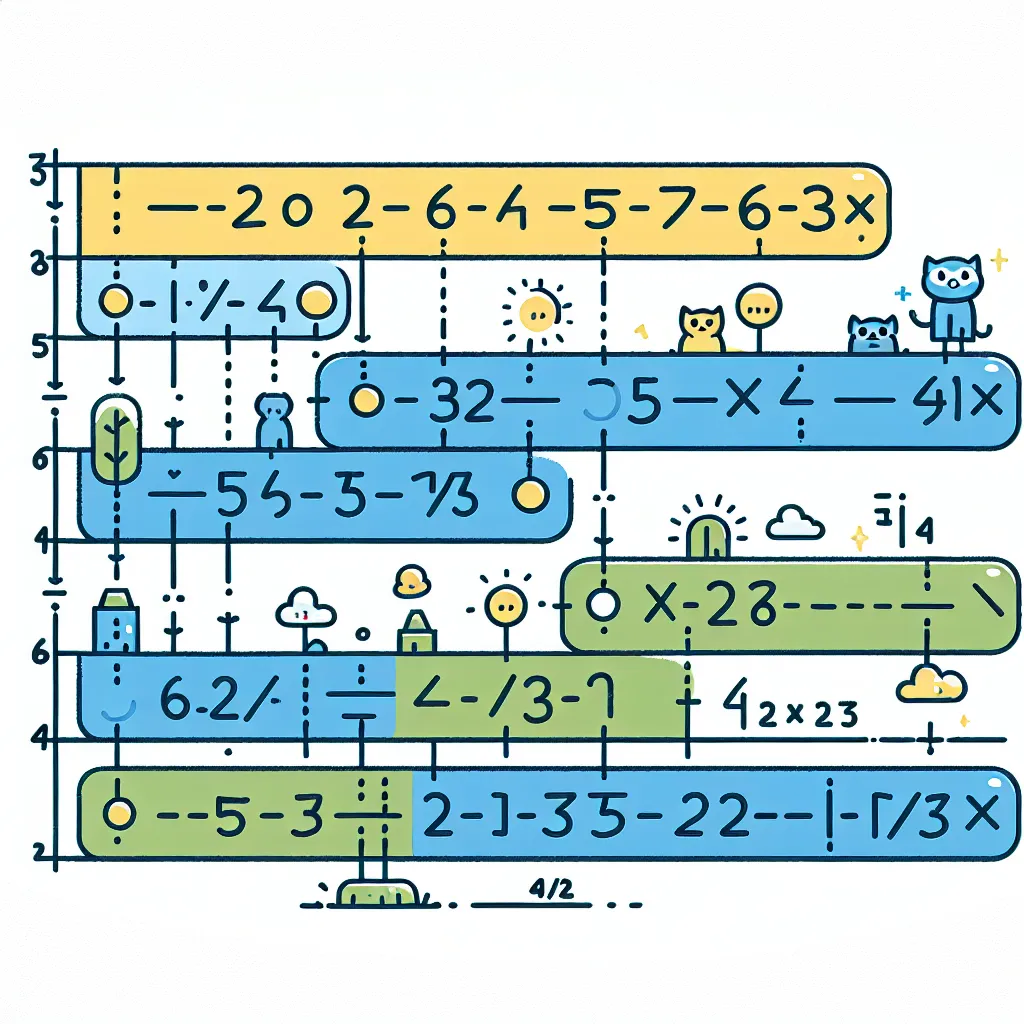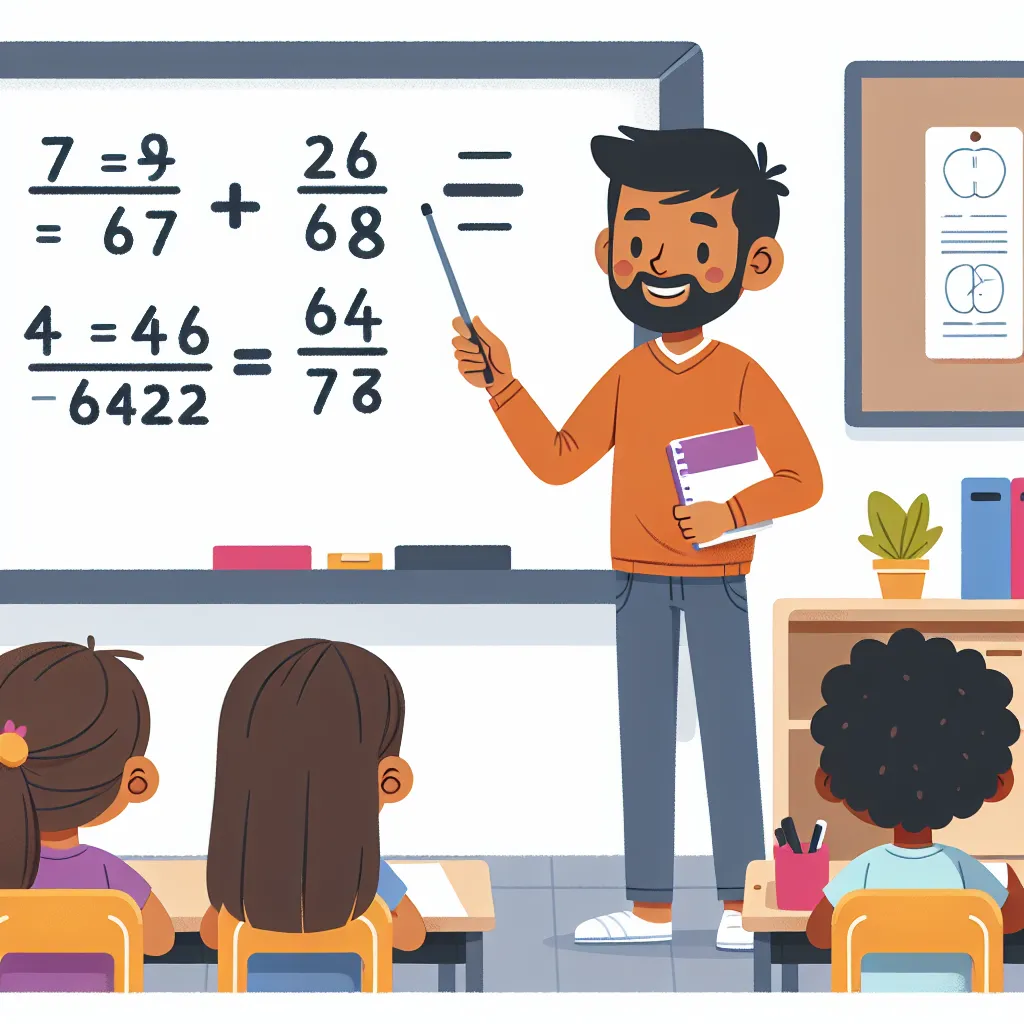Ask AI on The Internet
Question: what is a good informal assessment for multiplying and dividing fractions
Informal assessments are a great way to gauge student understanding in a more relaxed setting. Here are a few ideas for assessing students' abilities to multiply and divide fractions: 1. **Exit Tickets**: - At the end of the lesson, ask students to solve a few problems that involve multiplying and dividing fractions. These can be simple problems or word problems that require the application of these skills. 2. **Math Journals**: - Have students keep a math journal where they explain, in their own words, how to multiply and divide fractions. You can provide prompts such as, "Explain the steps for dividing fractions," or "Describe how you would solve a word problem that involves multiplying fractions." 3. **Peer Teaching**: - Pair students up and have them teach each other how to multiply and divide fractions. Walk around and listen to their explanations to assess their understanding. 4. **Observations and Checklists**: - During class activities or group work, observe students and use a checklist to note their proficiency. Things to look for might include correctly setting up the problem, accurately performing the calculations, and understanding when to multiply or divide fractions. 5. **Mini-Quizzes**: - Give short, ungraded quizzes periodically. These can be quick, five-minute assessments at the beginning or end of class. 6. **Hands-On Activities**: - Use manipulatives such as fraction tiles, strips, or counters to have students visually demonstrate how to multiply and divide fractions. For example, you can use fraction strips to show the concept of dividing fractions. 7. **Games and Puzzles**: - Incorporate educational games or puzzles that require students to multiply and divide fractions. There are many online resources and printable games designed for this purpose. 8. **Real-Life Applications**: - Present students with real-life scenarios where they would need to multiply or divide fractions, such as cooking or building projects, and have them solve these problems. 9. **Think-Pair-Share**: - Pose a fraction problem to the class, have them think about it individually, then discuss with a partner, and finally share their answers with the class. 10. **Classroom Discussions**: - Regularly engage students in discussions about the strategies they use to solve fraction problems. Ask probing questions to get them to explain their thought processes. Using a variety of these methods will give you a well-rounded view of your students' understanding and help you identify any areas where they might need additional support.
Think your answer is better than the AI's? Post it below.
Other Most Relevant Posts:
 Ask AI: what are topics that i should talk about when multiplying fractions to fractions on a numberline
Ask AI: what are topics that i should talk about when multiplying fractions to fractions on a numberline
 Ask AI: In 3 paragraphs of 5 to 6 lines or 100 words, name (1x3=3) and categorize 5x3=15)
the 3 assessment methods most appropriate to emergent mathematics.
Ask AI: In 3 paragraphs of 5 to 6 lines or 100 words, name (1x3=3) and categorize 5x3=15)
the 3 assessment methods most appropriate to emergent mathematics.
Question Tags
If you want your question answered by an AI, click here.





Post your own comment: